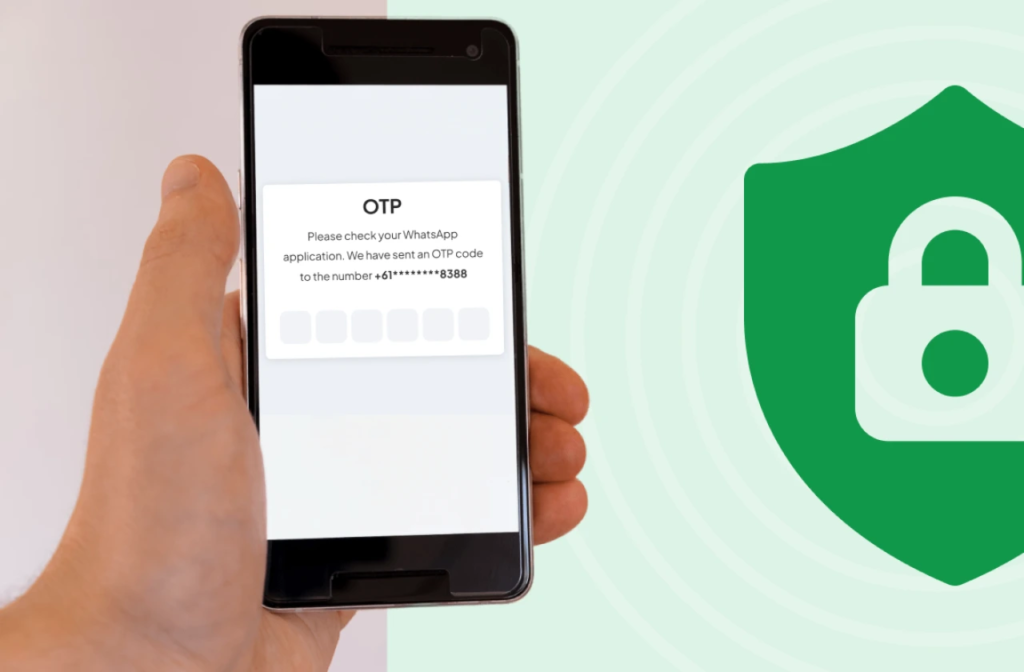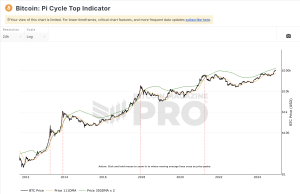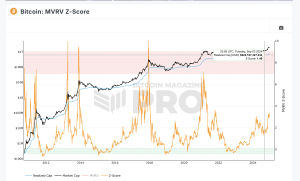Understanding OTP: Time-Based vs. Counter-Based
When it comes to online security, One-Time Passwords (OTPs) are a reliable tool. They help protect your data by generating passwords that are only valid once and for a short duration. There are two main types of OTPs: Time-Based OTPs (TOTP) and Counter-Based OTPs (HOTP). Each type has its unique setup and usage methods.

How Do We Know the Length and Time Interval of an OTP from the Shared Secret?
Interestingly, the shared secret code used in OTP systems doesn’t actually tell you about the password’s length or how frequently it changes. These are settings that both the user’s device and the server must agree upon beforehand.
- Digits (Length of the OTP): This is how many numbers are in the OTP, usually 6 or 8. Both the server and your device need to use the same number of digits to make sure they produce matching passwords.
- Time Interval: In TOTP systems, this is how often the password refreshes, typically every 30 seconds. Both sides need to synchronize their clocks for the OTPs to be valid.
These parameters must be set during the initial setup or provided in an instructional setup guide. Often, when setting up a TOTP app, a QR code will be scanned that sets these parameters automatically.
What’s the Difference Between Time-Based and Counter-Based OTPs?
The key difference between TOTP and HOTP lies in what triggers the creation of a new password.
- Time-Based OTP (TOTP): This method uses the current time as the trigger. Passwords change every few seconds (like 30 or 60 seconds), making them very secure because they’re only valid for a short period. Users must ensure their device clocks are accurate to avoid issues with OTP validity.
- Counter-Based OTP (HOTP): This type relies on a counter that increases each time an OTP is used. It’s particularly useful where time synchronization is challenging. The server and the user’s device both track how many times the password has been used, ensuring they are in sync for the OTP to be valid. This type can be less convenient because each OTP must be used in order to generate the next one, and if the counter values on the server and device mismatch, it can cause problems requiring manual resynchronization.
In Summary
While both TOTP and HOTP provide robust security, the choice between them depends on the specific needs and constraints of the environment in which they are used. TOTP is favored for most consumer applications due to the widespread availability of devices with accurate clocks and the ease of use. HOTP’s advantage lies in situations where time synchronization poses a challenge. In either case, understanding these mechanisms can help users and administrators secure their data effectively.





